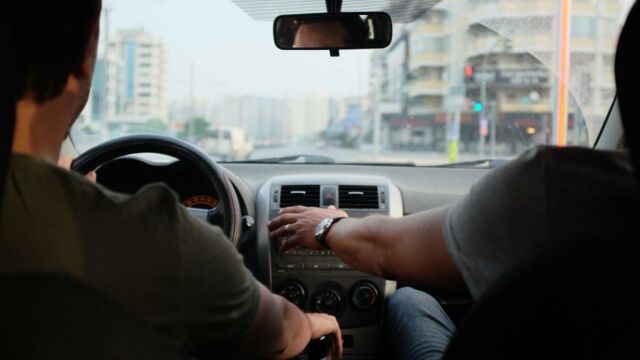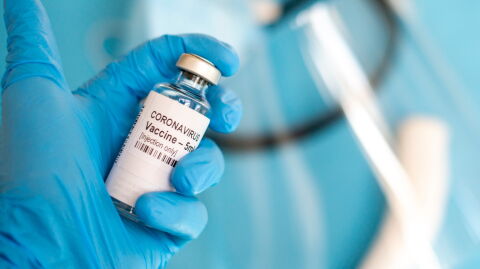Social distancing and face covering can do a lot to prevent COVID infection. And while it’s easy to socially distance in open areas and large indoor venues, following the proper protocol gets difficult when we’re confined to tiny spaces—like inside a car. What do we do then?
Discover our latest podcast
COVID contamination in a car
Well, Welsh scientists have figured out a surprisingly simple solution to minimise the spread of COVID inside a vehicle by 97%. All you need to do is open all the windows for 10 seconds.
The study was conducted by researchers at Swansea University and they’ve managed to piece together a step-by-step guide on how to create a COVID-safe environment inside a car. Their findings revealed that the difference in air pressure between the inside and outside of a moving car was strong enough to suck out the virus, when driving at a certain speed.
How to minimise the spread
For example, those driving below 30mph should keep all the windows open in the car. Once the speed increases, creating a diagonal flow of air by opening one window in the front and one at the back is a more effective way to keep the virus out. Professor Chenfeng Li, the project lead, said:
Based on our scenario, and unsurprisingly, optimal ventilation comes from having all four windows open for city driving (up to 30mph).
However, perhaps surprisingly, the diagonal flow from the driver side window to the rear passenger side window is the most effective option for getting the virus out of the car when driving above 30mph. This is because a sustained and dominant air flow from the front to the rear is formed when two diagonally opposite windows are open and the other two are closed.
According to the professor, you should open your window for a 10-second period every five to ten minutes and every time anyone coughs or sneezes. Their results also showed that sitting in the front is a safer alternative. He added:
We can also conclude that sitting at the front is a lot safer than sitting at the back, because of the increased contamination within the rear part of the car due to the fact that the in-car air flow predominantly moves from the front to the rear, trapping some of the virus particles in the rear zone.
Additionally, research showed that wearing a face mask decreased chances of emitting the virus by 90% and further reduced the risk of taking it in by 70% inside a car.















